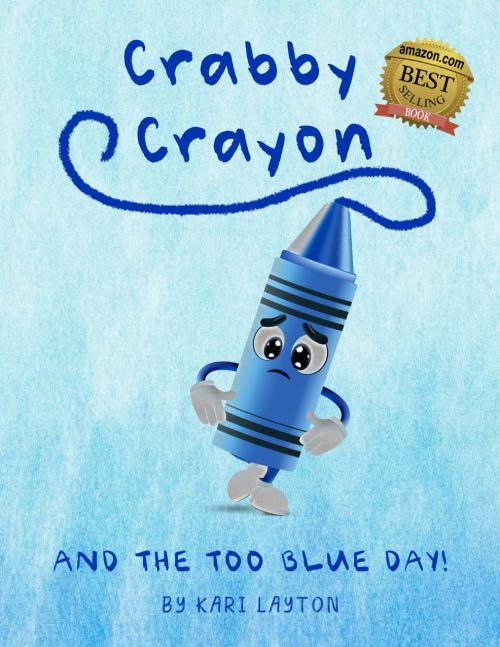Emotions play a crucial role in a child’s development, shaping their social interactions, learning experiences, and overall well-being. Teaching emotional awareness in the classroom helps students understand, express, and regulate their feelings, fostering a more supportive and inclusive environment.
One of the most effective and engaging ways to introduce emotional literacy is through color. Colors naturally evoke emotions and can serve as powerful tools to help children identify and communicate their feelings in a simple yet impactful way.
1. The Connection Between Color and Emotion
Colors are deeply tied to emotions. Bright, warm colors like yellow and orange are often associated with happiness and energy, while cooler tones like blue and green can evoke calmness and relaxation. Conversely, red may symbolize anger or excitement, while gray or black can be linked to sadness.
By using colors as visual representations of emotions, teachers can help students:
- Identify their feelings through association with specific colors.
- Express emotions in a non-verbal way, making it easier for younger children to communicate.
- Develop empathy by recognizing how different colors might reflect how others feel.
2. Activities to Teach Emotional Awareness Using Color
A. The Mood Meter
Create a mood meter in the classroom with different color zones representing various emotions. For example:
- Yellow – Happy, excited, energetic
- Blue – Sad, tired, calm
- Red – Angry, frustrated, anxious
- Green – Peaceful, content, focused
Encourage students to check in with the mood meter throughout the day, selecting the color that best represents their feelings. This helps them become more mindful of their emotions and recognize how moods shift.
B. Colorful Feelings Journal
Have students keep a feelings journal, where they record their daily emotions using colors instead of words. They can draw, paint, or color to represent how they felt during the day. This activity helps children track patterns in their emotions and develop greater emotional awareness over time.
C. Art Therapy Through Colors
Art is a powerful tool for emotional expression. Allow students to create paintings or drawings based on how they feel, choosing colors that match their emotions. Afterward, discuss their artwork as a class, encouraging students to explain why they chose specific colors and what emotions they represent.
D. Storytelling with Colors
Read books where colors are used to represent emotions, such as My Many Colored Days by Dr. Seuss. Afterward, ask students to describe a day when they felt like a certain color and why. This activity helps connect personal experiences with emotions and encourages self-reflection.
3. The Benefits of Using Color to Teach Emotional Awareness
- Improves emotional vocabulary – Colors provide an easy way for young children to talk about emotions before they have the words to express them.
- Encourages self-regulation – By recognizing their emotions, students can take steps to manage them effectively.
- Enhances classroom communication – A color-based system allows students to express their emotions without fear of judgment.
- Promotes a positive classroom environment – Teaching emotional awareness through colors fosters empathy, inclusivity, and emotional intelligence.

Conclusion
When you teach emotional awareness through color, you’re giving kids a valuable tool for understanding themselves and others. Simple activities like color charts, mood calendars, and art projects make learning about emotions both fun and effective. And stories like Crabby Crayon offer a creative way to reinforce these lessons in an engaging, memorable way.
By associating colors with emotions, you provide kids with a visual way to identify their feelings. This is especially helpful for younger children who may struggle to verbalize complex emotions.
Discover the magic of colors and emotions with Kari Layton’s Crabby Crayon: And the Too Blue Day! This delightful children’s story beautifully illustrates the importance of embracing every shade of feeling and experience.
Grab your copy now and inspire emotional awareness through a creative story.

